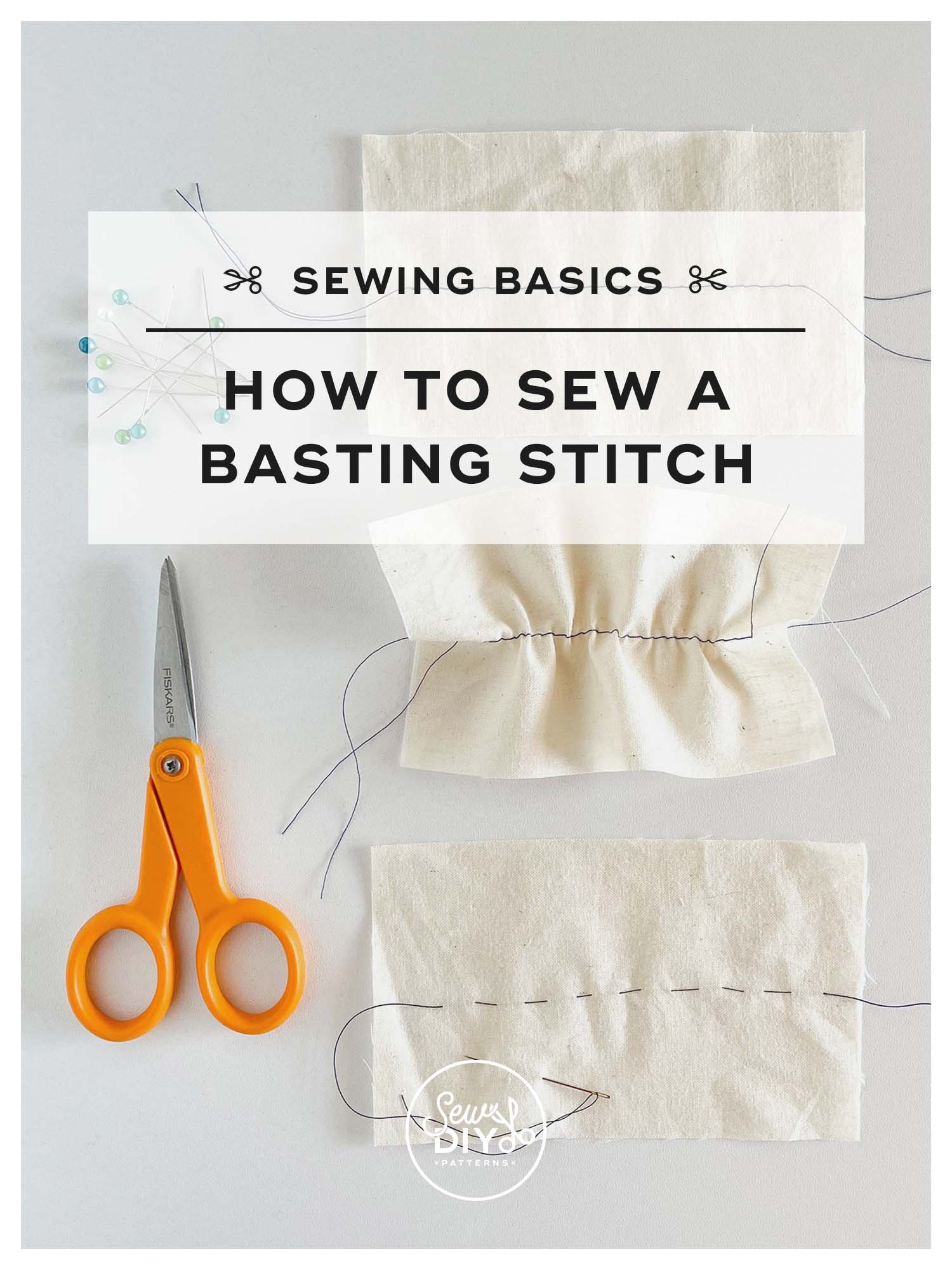For the jacket, I recommend medium to heavy weight linen, cotton or even a lightweight denim or canvas. If you want to use knit fabric or something that’s lighter in weight, I recommend making the in-hem pockets narrower, to prevent sagging. Alternately, you can use a line of vertical topstitching to divide the pocket in half and prevent it from drooping.
Fabrics shown above, recommended for the jacket:
1) Cotton Ikat from Sewing Studio
2) Mid-weight linen from Blackbird Fabrics
3) Non-stretch denim from Blackbird Fabrics
4) Boiled wool coating from StyleMaker Fabrics
5) Canvas from StyleMaker Fabrics
6) Linen/Rayon blend from Sewing Studio
USING KNIT FABRIC
This pattern also works well for knit fabric and can easily be adapted to a cardigan style garment. The instructions are mostly for woven fabric but they do provide a few tips for constructing the garment using knit fabric. If you have a serger, you can use it for most of the seams, making for a very quick sewing project. Next week, I’ll be doing a video sewalong showing how to use the pattern with a sweater knit fabric. You’ll be able to find that post on the main sewalong page. (Again, if you are sewing the jacket style, I recommend making the in-hem pockets narrower to prevent sagging.)
OTHER SUPPLIES AND TOOLS
For this pattern, the only notions needed are matching thread, hand sewing needles and machine needles. You may also want a small piece of ribbon to make a hanging loop for the robe. Alternately, you can make a loop using a strip of fabric.
For drafting your pattern, it’s helpful to have a few tools. You will need a flexible measuring tape to measure the body of the person you’re sewing for. Plus, it’s helpful to have some large rulers to draw out the pattern pieces. I tend to use a combination of the grid on my cutting mat and a quilting ruler.
In general, I encourage you to use what you have on hand. You can use any kind of paper that you have handy. Tracing paper is nice because you’ll be able to see through it but it’s not necessary. You can use butcher paper, old paper shopping bags or even wrapping paper (sometimes it has a helpful grid printed on the reverse side). If you want to invest in pattern paper, you might try a roll of paper that has a pre-printed grid. I usually buy a roll of tracing paper and it will for a few years. See below for links to some of my favorite drafting tools.























